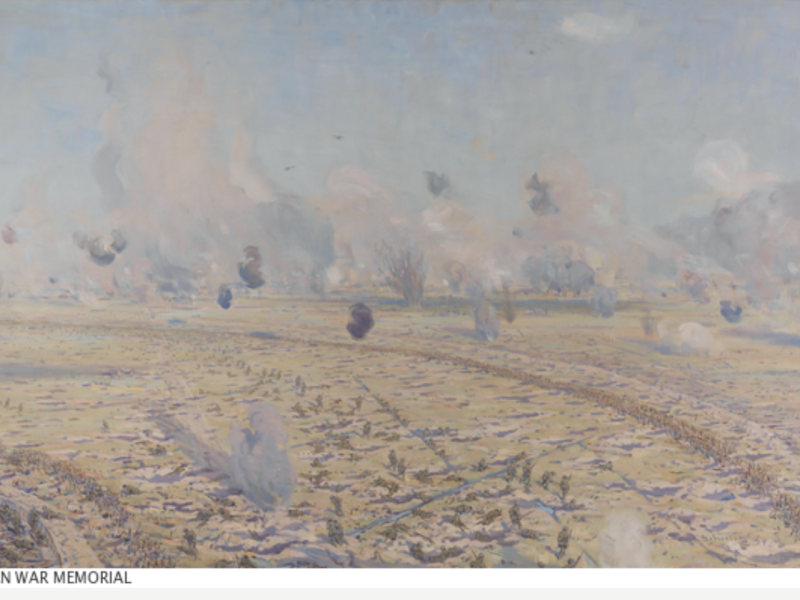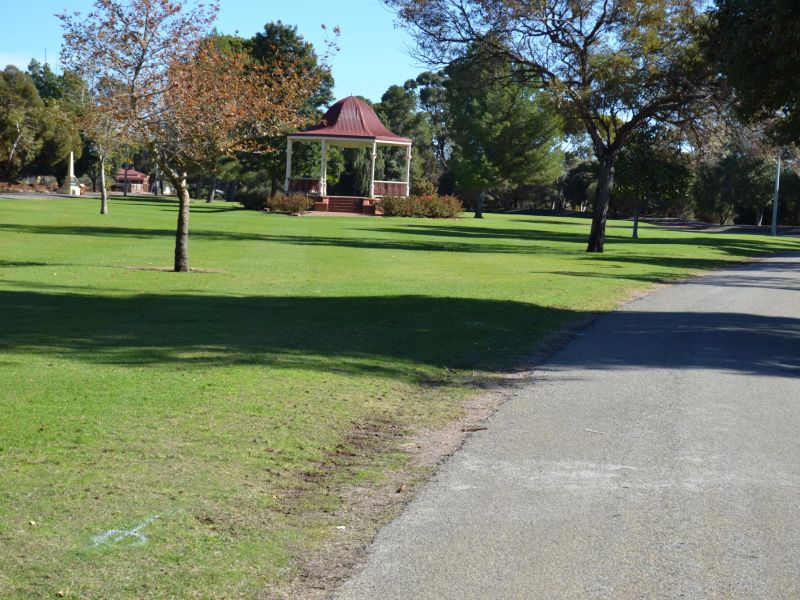Private Joseph Bottrall, 32nd Battalion, AIF
Joseph Bottrall was born on 5 February 1881, the fifth of nine children to Mary and Charles Bottrall, in Black Spring, north of Adelaide in South Australia. He attended the Model School at nearby Burra, and later moved with his family to Lower Light and Telowie on St Vincent Gulf.
Bottrall’s father left the family for Western Australia. Joseph Bottrall worked as an engine driver with his brother at the smelting plant at Port Pirie. He supported his mother, and was also the Secretary of the Federated Engine Drivers and Fireman’s Association, a union organisation. He was a popular and well-respected member in Port Pirie.
Bottrall enlisted in the Australian Imperial Force on 7 October 1915 and sailed for Egypt with reinforcements to the 32nd Battalion.
In March 1916, he arrived in Egypt; too late to serve on Gallipoli. In June, the 32nd Battalion sailed for France, training at Morbecque, near the Belgium border.
On 16 July, the 32nd entered into front line for the first time near the town of Fleurbaix. Bottrall was in D Company, tasked with repairing trench defences in the front line.
On the afternoon of 17 July, they came under heavy German artillery fire and were forced to pull back to the reserve lines. Hours later they returned to continue repairs, and to attempt to cut barbed wire defences in no man’s land.
On 19 July 1916, the 32nd Battalion took part in Australia’s first major engagement on the Western Front, the battle of Fromelles. The 5th Australian Division formed the northern flank of a joint British and Australian attack on a bulge in the German lines known as the Sugar Loaf.
They attacked after a seven-hour artillery bombardment of the German lines but resulted in devastating losses. Australia suffered over 5,500 casualties in the battle, including more than 1,900 dead.
Bottrall was in the third and fourth waves of his battalion’s attack, left on the Australian flank. Troops of the 32nd attacked across waterlogged ground and found ineffective cover in a muddy ditch, before successfully taking a series of German trenches.
Throughout the night of 19-20 July they suffered terribly from a series of concerted German counter-attacks, and were eventually forced to withdraw. In less than 24 hours, the 32nd Battalion suffered 718 casualties; 75 per cent of its total strength.
Bottrall was killed at some point during the bloody fighting on 19 July, probably by German high explosive or shrapnel artillery fire during the advance, or during one of the counter-attacks.
He was 35 years old, and had been in France for less than a month.
In the chaos of the battle, his body was never recovered. To this day, he lies in an unknown grave somewhere in the former battlefields of northern France.
His name is engraved at the VC Corner Australian Cemetery and Memorial at Fromelles, which lists the names of nearly 1,300 Australians who fell at Fromelles and have no known grave.
David Sutton, Historian, Military History Section
Image: "Battle of Fromelles", artist Charles Wheeler, 1922-25. Depicts a panoramic view of the Sugarloaf Salient area at Fromelles, with men of 5th Division AIF crossing No Man's Land towards the German trenches. Shell bursts and explosions can be seen above the landscape.
- Australian War Memorial https://www.awm.gov.au/collection/E5572

 Australian War Memorial
Australian War Memorial